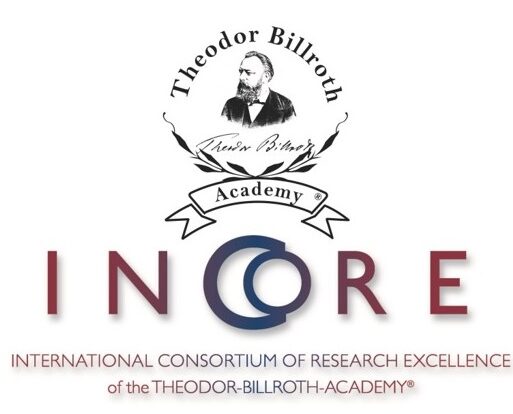A New Paradigm
In 2014, we first published our new paradigm. It stated that most cancers occur through a sequential 6-step process:
(1) a pathogenic stimulus (biological or chemical) followed by
(2) chronic inflammation, from which develops
(3) fibrosis with associated changes in the cellular microenvironment. From these changes a
(4) pre-cancerous niche develops, which triggers the deployment of
(5) a chronic stress escape strategy, and when this fails to resolve,
(6) a transition of a normal cell to a cancer cell occurs.
These six steps afford multiple opportunities to block the formation of most cancers and also to block the spread of primary cancers such that this spread (often the cause of death from cancer) can be prevented and, in many instances, be slowed down or even reversed.
Importantly, none of these interventions involves chemotherapy or radiation which themselves reduce the quality of life for cancer patients as well as can lead to the formation of new secondary cancers due to the toxic nature of such treatments.
A general explanation for this 6-step process is as follows:
Pathogenic stimulus. Cancers begin with a biological or chemical stimulus that leads to inflammation, in response to which the affected tissue takes defensive measures to heal. When the inflammation cannot be resolved, this leads to chronic inflammation.
Chronic Inflammation. Inflammation is usually a normal process during healing and usually resolves itself when an infection is over or an injury is repaired. This healing process is unsuccessful when the stimulus and inflammation are too great or too prolonged and the inflammation becomes chronic. Here, the disruption that occur in biochemical and physiological processes are complex, but this same complexity provides many opportunities to block some of these pathways. If chronic inflammation persists, it can cause fibrosis.
Fibrosis. Fibrosis is a process similar to scar formation where cells called fibroblasts grow and form thick fibrous tissue. A product of collagen accumulation with remodeling of healthy tissue by incessant inflammation, fibrosis drastically changes the cellular microenvironment affected and results in formation of the precancerous niche.
Pre-cancerous Niche (PCN). This can be thought of as a kind of nest of collagen and elastin fibers that is a product of an altered cellular environment (fibrosis) and accompanying changes in the levels of biochemical signaling molecules can lead to a precancerous state.
Chronic Stress Escape Strategy (CSES). In response to the disruption, the human body employs a chronic stress escape strategy to return cellular functions to normal (a process called homeostasis). If successful, cancer does not develop. If the body’s attempts to escape this situation prove ineffective, then the affected cells may transition into cancer cells.
Normal Cell to Cancer Cell Transition (NCCCT). If the chronic stress escape strategy fails, the cells will transition from healthy to malignant, a process mediated by enzymes and a host of consequent signaling abnormalities.
